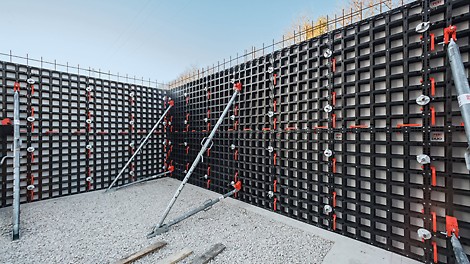Introduction
Knowing different sitting positions names can help in many areas of life, from posture correction and fitness to yoga and everyday comfort. Whether you’re sitting on a chair, floor, or even practicing meditation, the way you sit matters for your health and energy levels.
In this article, we’ll explain the most common sitting position names with easy wording and useful tips for better posture and body alignment.
Why Sitting Position Matters
Sitting may seem simple, but it affects your spine, muscles, and blood circulation. Good sitting positions can reduce back pain, improve posture, and even boost focus. On the other hand, poor sitting habits can lead to long-term health issues.
Let’s now explore the names of sitting positions and where you may use them.
1. Cross-Legged Sitting (Sukhasana)
This is one of the most common sitting positions on the floor. It’s wide used in yoga, meditation, and in cultures where people sit on the ground for meals.
- Legs are crossed over each other.
- Hands rest on knees or lap.
- Back stays upright.
Where it’s used: Yoga, meditation, casual floor sitting.
2. Lotus Position (Padmasana)
A more advanced version of the cross-legged pose, used mainly in yoga and meditation.
- Each foot is place on the opposite thigh.
- Requires flexibility in the hips and knees.
- Promotes deep focus and balance.
Where it’s use: Yoga, meditation, mindfulness sessions.
3. Chair Sitting (90-Degree Position)
The most common way people sit in offices, homes, or classrooms.
- Feet flat on the ground.
- Knees and hips at a 90-degree angle.
- Back straight, supported by the chair.
Where it’s use: Office work, school, general seating.
4. Kneeling Position (Seiza – Japanese Style)
This traditional sitting style is common in Japan, often used during ceremonies or meditation.
- Knees are bent, and legs are fold under the thighs.
- Buttocks rest on the heels.
- Spine stays upright.
Where it’s use: Japanese tea ceremony, meditation, martial arts.
5. Squatting Position
A natural position for many cultures, especially in Asia and parts of Africa.
- Full body weight is on the feet.
- Knees are bent deep with heels on the ground.
- Often used while eating, waiting, or working low to the ground.
Where it’s use: Daily life in rural areas, toilet posture, natural resting.
6. Reclining Position
This is a relaxed sitting pose where part of the back is supported at an angle.
- Legs may be stretched out or bent.
- Back leans against a surface at a slant.
- It’s not fully lying down, but not fully upright either.
Where it’s use: Watching TV, beach chairs, hospital beds.
Related more articles, plant names for boys
7. Side-Saddle Sitting
A more stylish or cultural way of sitting, usually by women in formal settings.
- Both legs are bent and place to one side of the body.
- Upper body remains upright.
- Often seen in old-fashioned or formal contexts.
Where it’s use: Historical fashion, formal photos, etiquette.
8. Slouched Sitting
Not a recommended position, but very common when people feel tired or lazy.
- Back curves, shoulders drop forward.
- Pelvis tilts backward.
- Can cause pain over time.
Where it’s used: Long sitting sessions, bad posture habits.
9. Tailor Sitting
Very similar to cross-legged sitting, but often refers to a more relaxed version.
- Legs cross loosely.
- Used especially in children or casual settings.
Where it’s use: Classrooms, home floors, yoga warm-ups.
10. Half Lotus Position
A mix of the full lotus and cross-legged style.
- One foot rests on the opposite thigh, while the other stays on the floor.
- Easier than full lotus for beginners.
Where it’s use: Yoga, meditation beginners.
Tips for Healthy Sitting
No matter which position you choose, here are some tips to sit better:
- Keep your back straight to support the spine.
- Avoid slouching or leaning forward for long periods.
- Switch positions every 30–60 minutes to avoid stiffness.
- Use cushions or supports if needed to stay comfortable.
Conclusion
Understanding different sitting positions names can help you improve your health, flexibility, and posture. From traditional yoga postures like Lotus and Sukhasana to everyday positions like chair sitting and kneeling, each has a purpose and benefit.
Try practicing these sitting styles in your daily life. Whether you’re working, relaxing, or meditating, the way you sit can make a big difference.
Related more articles, visit here



